Welcome Back!
Welcome Back!
Wine Essentials: 100 Series
modules
completion
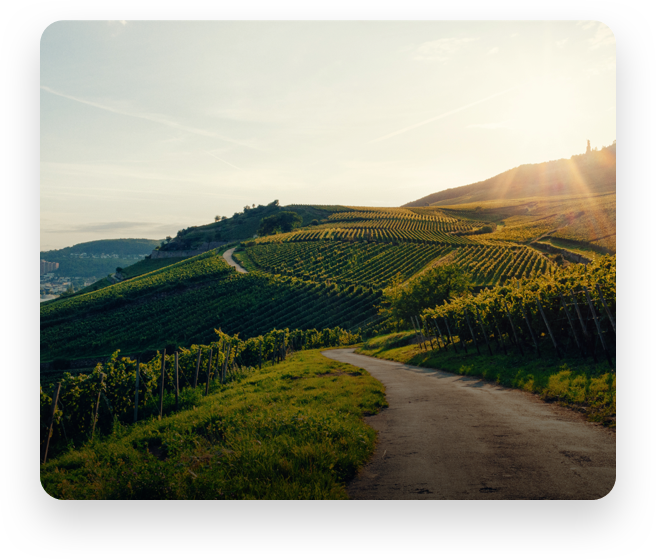
Australian Wines
Course Modules
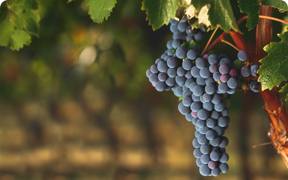
Grape Varieties

Production

Geography








Tasmania's unique and multifarious ecosystem provides a variety of habitats and microclimates for all sorts of flora and fauna.

Throughout Tasmania, you'll find pockets of cool microclimates that are perfect for growing high-quality Pinot Noir and Chardonnay. Tasmania makes excellent versions of both.

Because Tasmania is so close to the South Pole, you find a cooler climate there, and much of the Pinot and Chardonnay production goes towards sparkling wines.

Tasmania makes excellent traditional method sparkling wines which are worth seeking out.

It can be difficult to export Tasmanian wines because of the treacherous Tasman Sea.

Its waves can be rough and high, making ship export to the Australian mainland impractical.

Tasmania in a nutshell:

Chardonnay and Pinot Noir.

High-quality sparkling wines.

Treacherous Tasman Sea.

Unique and varied microclimates.

Rhône
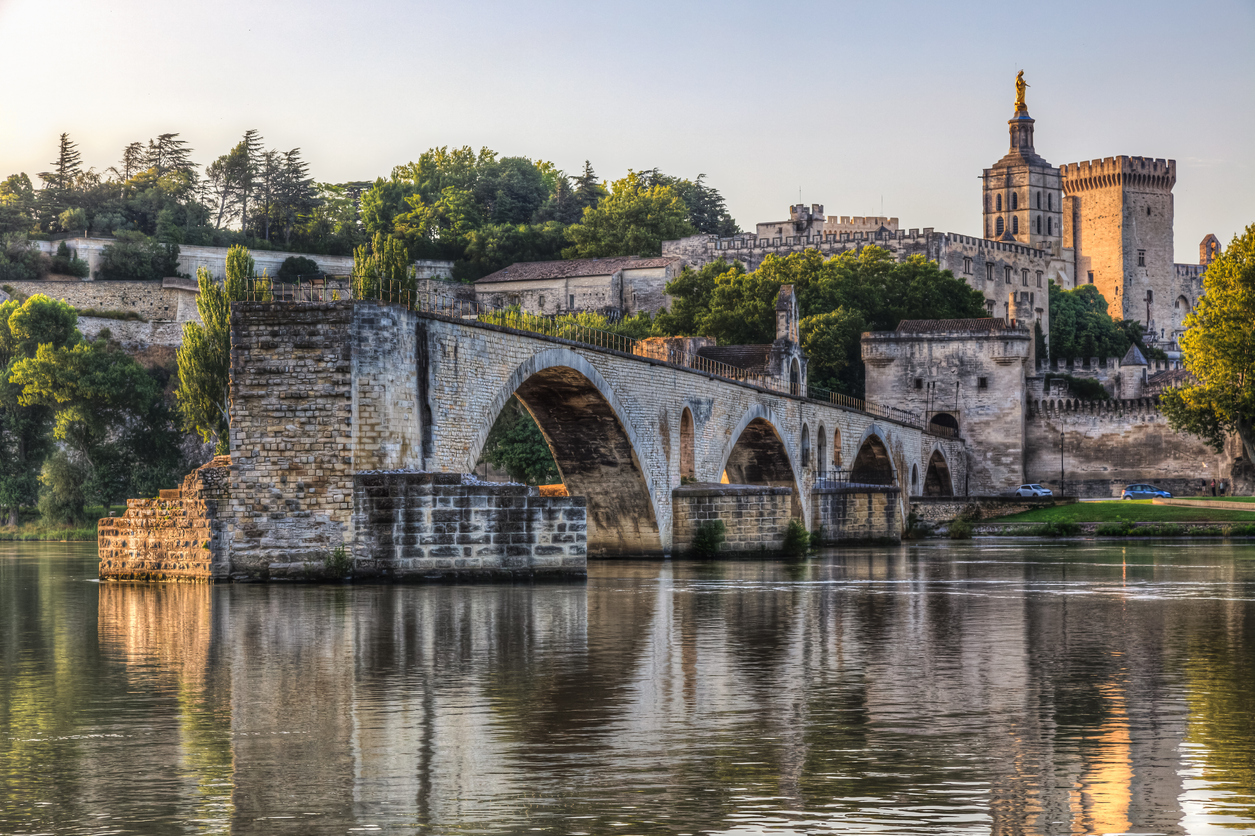
This region takes its name from the Rhône river that flows North to South through its many vineyards.
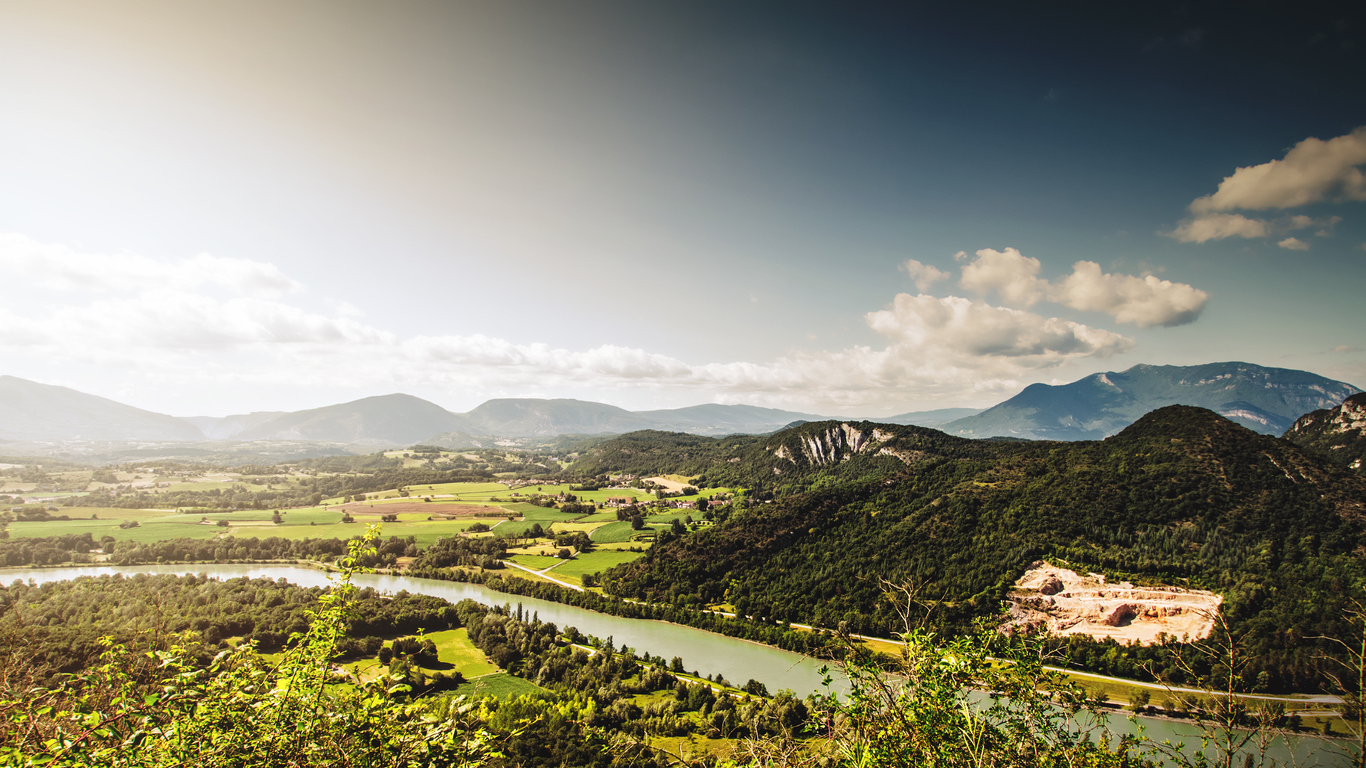
In this introductory course, we'll keep it simple and split the Rhône region into two main categories: Northern Rhône and Southern Rhône.

In the Northern Rhône, the Rhône River cuts steep hillsides into granite hills. Over the centuries, terracing has made planting these steep, stoney banks possible.
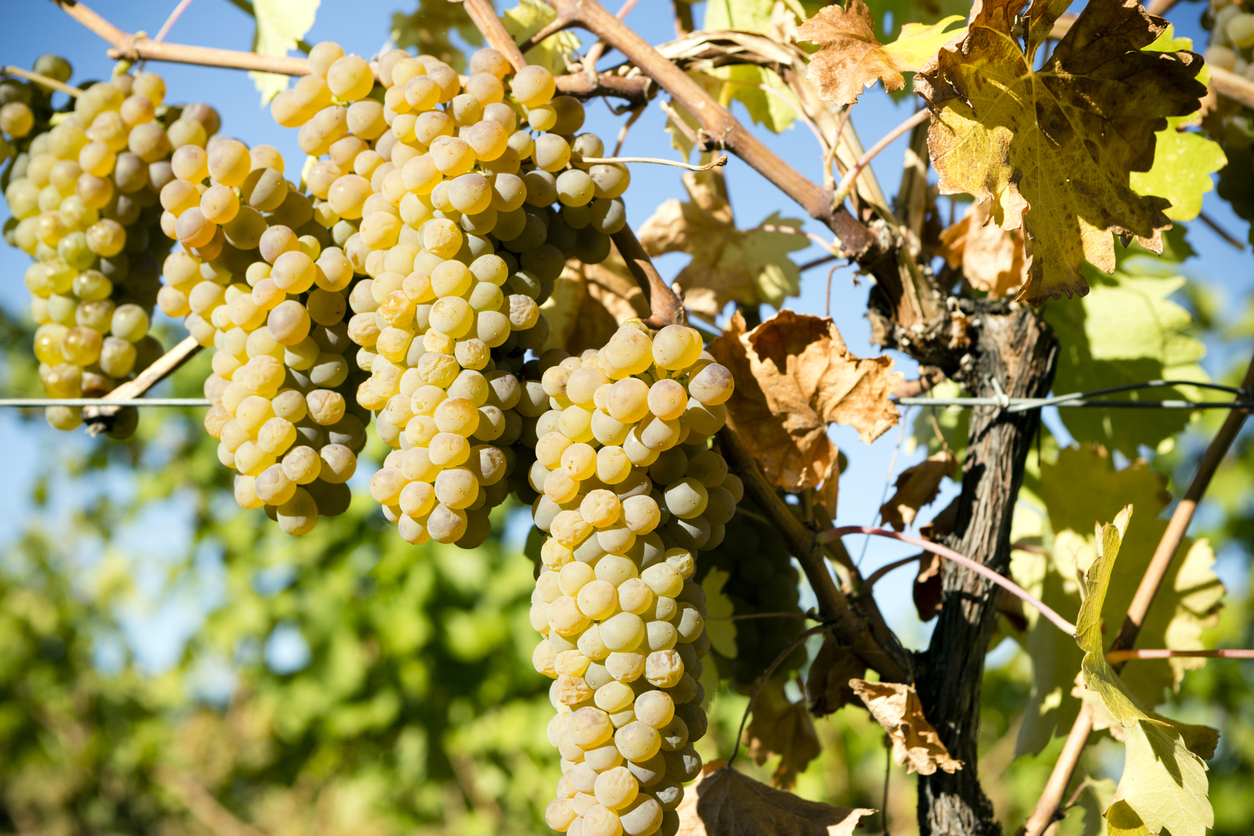
Wines in the north are based primarily on Syrah (red) and Viognier (white), though you will find some other grape varieties there.
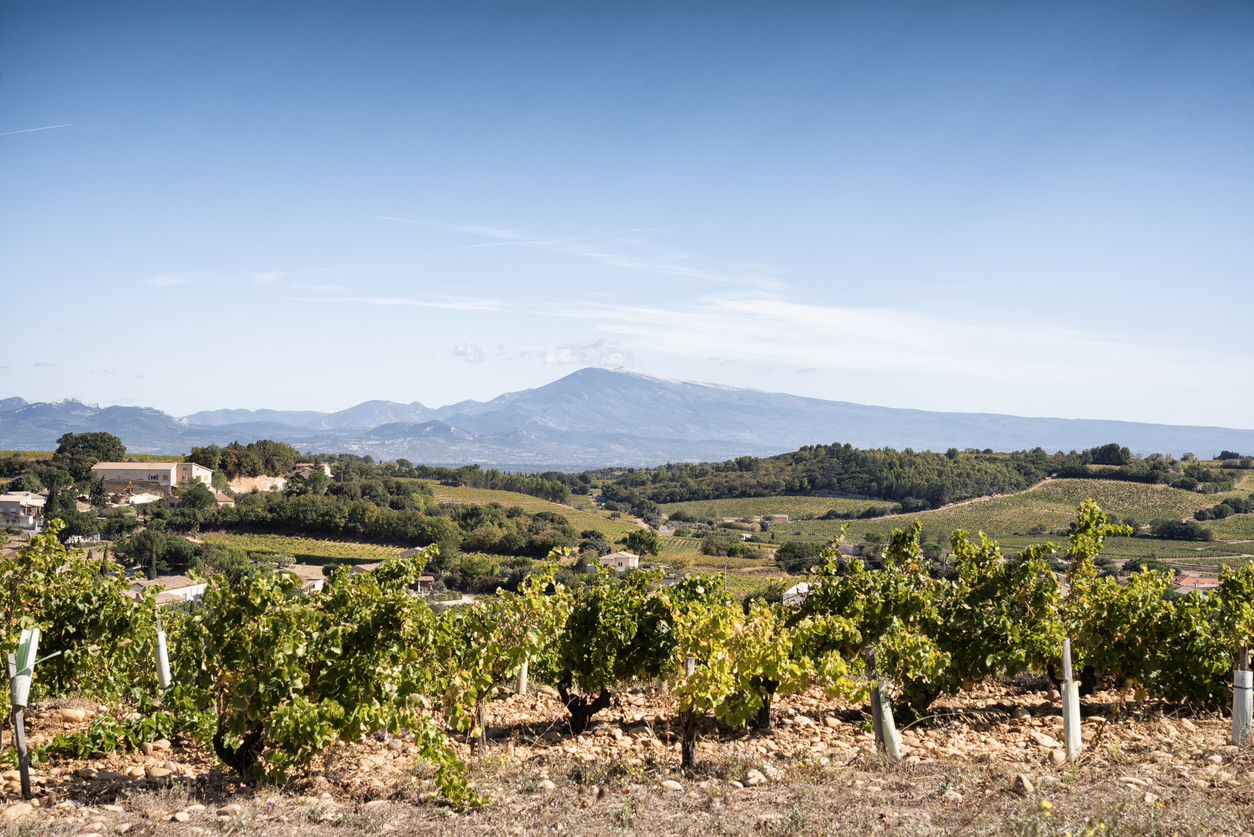
In the Southern Rhône, a fertile river delta splays out into the Mediterranean. The vineyard landscape in the south is dominated by gently sloping hills.
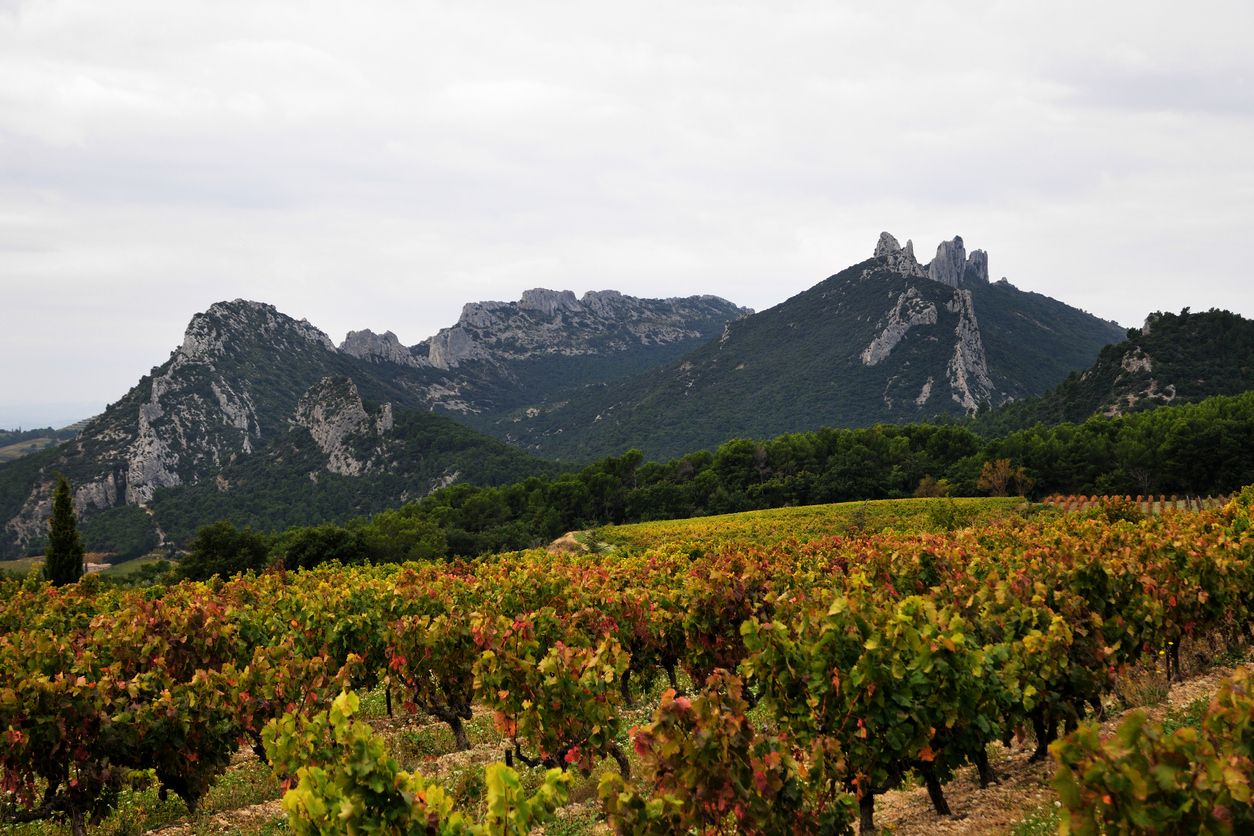
Though you'll see the majestic Dentelles de Montmirail as a backdrop in some areas, generally the landscape in the south is more gentle and flat than in the north.
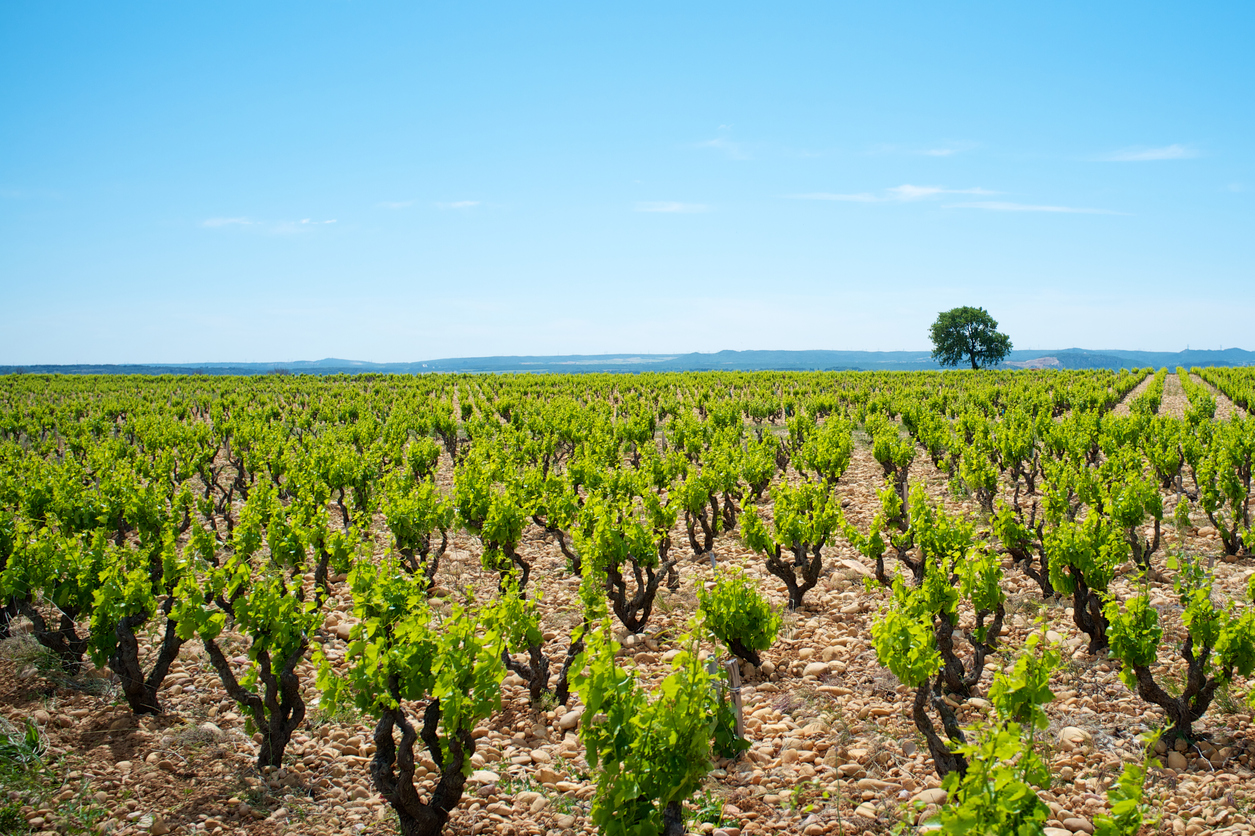
Soils in the south are alluvial and full of river stones called galets. Galets are smooth, flat, rounded stones that can usually fit in the palm of a large hand.
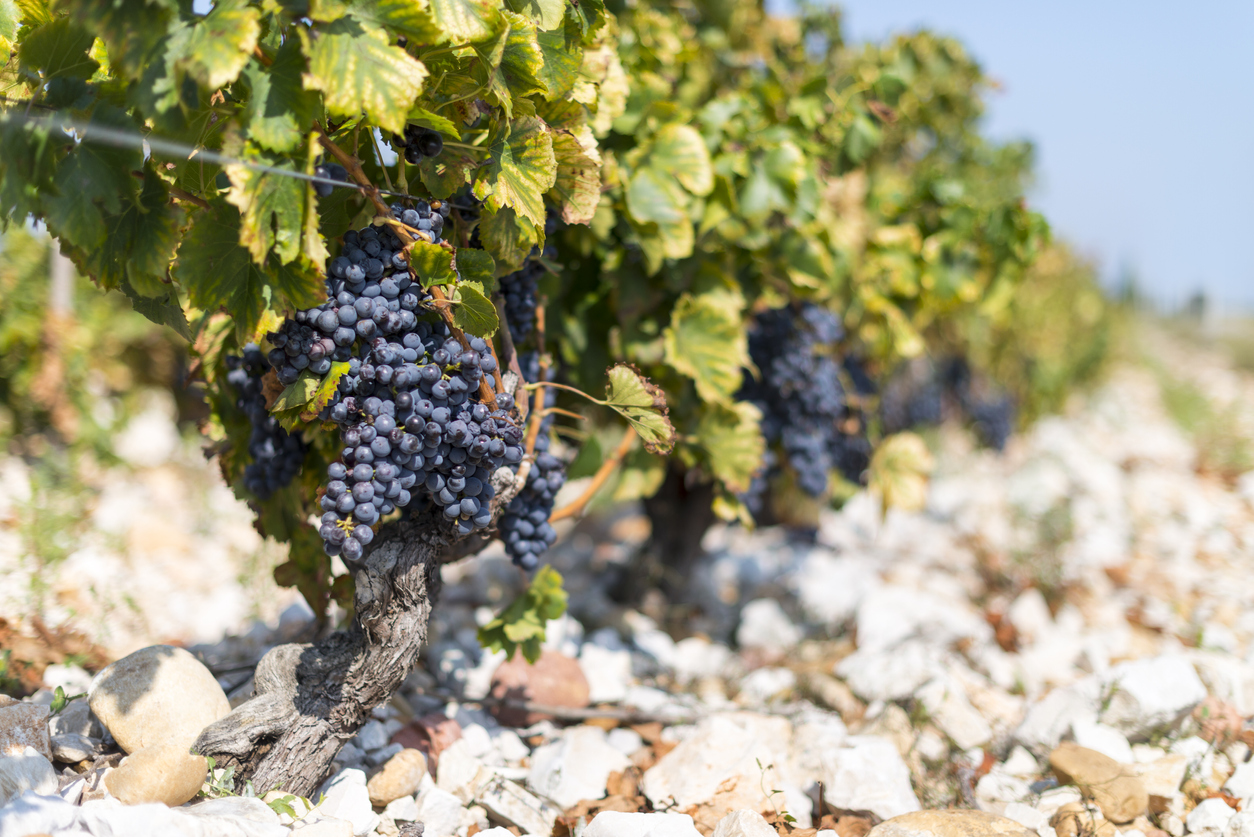
Wines in the south are dominated by Grenache (red), Marsanne (white), and Roussanne (white), though there are many other grape varieties planted which are often used in blends.
Well done! Click here to review this lesson.
Click here to retake this quiz.
Well done! Click here to review this lesson.
Click here to retake this quiz.